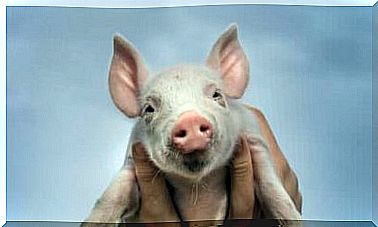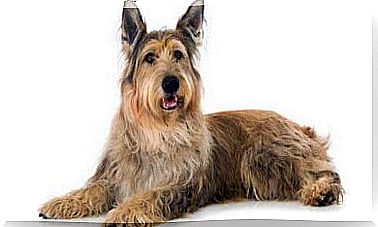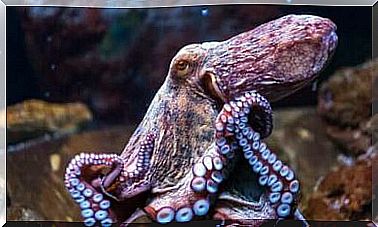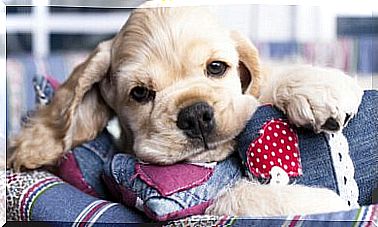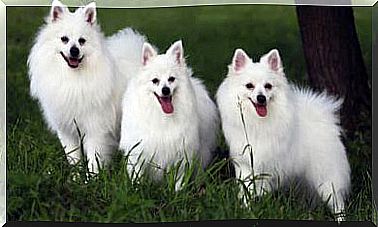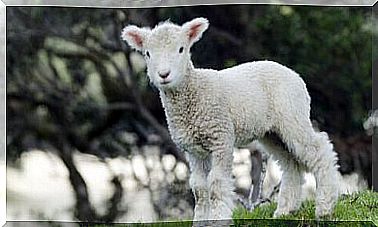The History Of The Mudi Race: A Shepherd With Unmistakable Characteristics
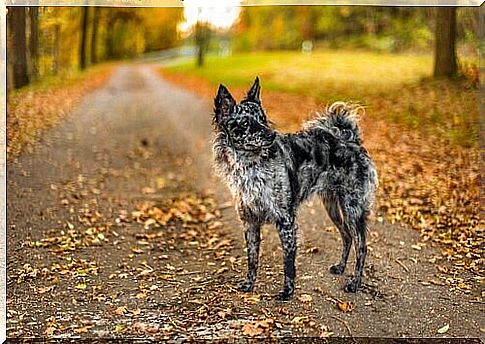
The Mudi looks like an unkempt Belgian Shepherd Dog, but is actually an independent breed originating in Hungary. Despite its size, it is capable of herding a large number of cattle, thanks to its intelligence and agility.
Mudi’s story
The origins of this breed date back to the end of the 18th century and the beginning of the 19th century. The Hungarian shepherds decided to mix the cattle herders with the dogs they had with other shepherds from central and western Europe, in order to obtain more efficient dogs in their work .
Thus, the pumi, a breed that is characterized by its wavy fur, and the komondor were crossed with shepherds of German origin. From these dogs they inherited strength, agility and straight ears. The result was the mudi, a strong, agile and willing to work sheepdog.

Since then, he carries out his work in the mountains of Hungary. This is a breed known outside this European country, but its intelligence made it a very skilled species in sports like agility , making it famous all over the world.
The characteristics of dogs of the Mudi breed
The mudi’s body and proportions are the same as those of herding dogs. He has a body of square proportions, meaning his height of four is the same as the length of his head to his tail.
Its head is wedge-shaped and the ears are always erect. It has a shallow chest and its tail remains above its back at rest. However, when he is on alert, he can lift her over the back line. Some Mudi puppies are born without a tail or with a very short tail.
The mudi has a medium size. Males are slightly larger than females: they reach between 43 and 45 centimeters in height and between 11 and 13 kilograms in weight. Females, on the other hand, measure between 40 and 43 centimeters. They weigh, most of the time, at most 11 kilos.
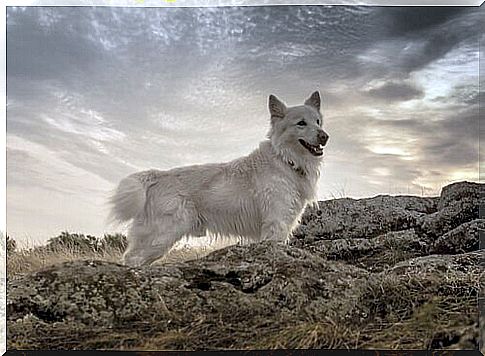
The mudi’s most striking physical feature is its coat: it has wavy or slightly curly body hair . The hair on most of his body is a little long, except for the hair on his head, which is short. On the tail, the hair can reach up to 10 centimeters in length.
Mudi can be of different colors. Despite this, their colors always have a uniform and blemish-free way. Colors range from black, white, brown, grey, cream and blue merle . The latter being the only variety that has spots or stripes of different colors.
The behavior of dogs of the Mudi breed
The Mudi is an extremely intelligent breed. Other than that, he has a lot of desire to work. It is a dog that is always exploring, visiting new places and learning new tricks.
It is necessary to take into account that a dog as intelligent and hardworking as this one may feel the need to constantly learn new techniques. Otherwise, he will try for himself and is likely to engage in bad behavior. Education through positive reinforcement will bring out the best things about this exceptional breed.
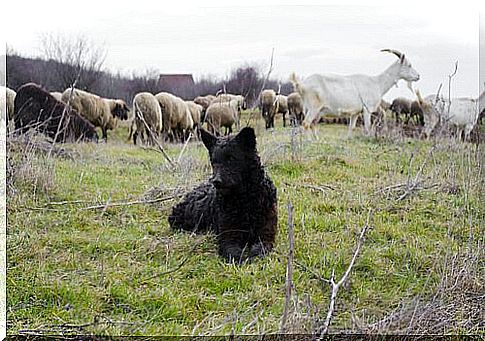
As with other sheepdogs, he is attached to his family and somewhat reticent towards strangers. In addition, it has the personality of a guardian dog. However, thanks to his intelligence, he knows how to distinguish the friendly people in his family from intruders.
That’s why he’s reputed to bark a lot. He is not a silent dog and will alert his family if he notices anything strange. Therefore, it is not an ideal dog if it lives in a building.
He is an active dog who enjoys long walks and loves to play with other dogs. However, he is also a conformist: if the day is closed and you can’t take him to the park, he will prefer to stay at home and spend time with his human or animal family, something that makes him very happy too.
Care of a Mudi breed dog
The care that we must have with the mudi is limited to brushing its coat. Due to its length, it is common for you to be embarrassed. This can cause anything from discomfort to pain, and can even cause skin diseases. You will need to do daily brushing to remove dead hair and untie knots.
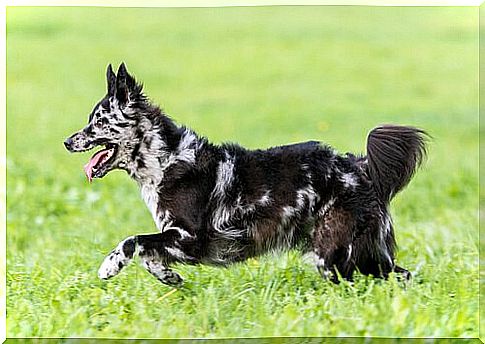
The mudi is lucky to be a healthy dog, as it is not prone to inherited diseases. However, it is necessary to follow the veterinarian’s guidelines and recommendations in terms of preventing and controlling any other condition that may occur.
In no way should you neglect the vaccination schedule and internal and external deworming. If he is also a dog that works with cattle in the field, regular checks are needed on the pads and ears, looking for barbs or spikes embedded in the skin. In addition to looking for ticks and other parasites.
Mudi is a dog with a very exotic and unquestionable beauty. His genes mixed the ability to work of the herding dogs of eastern Europe with the intelligence and agility of herders in central Europe. Therefore, this mixture created a hardworking, affectionate and unmistakable dog.
